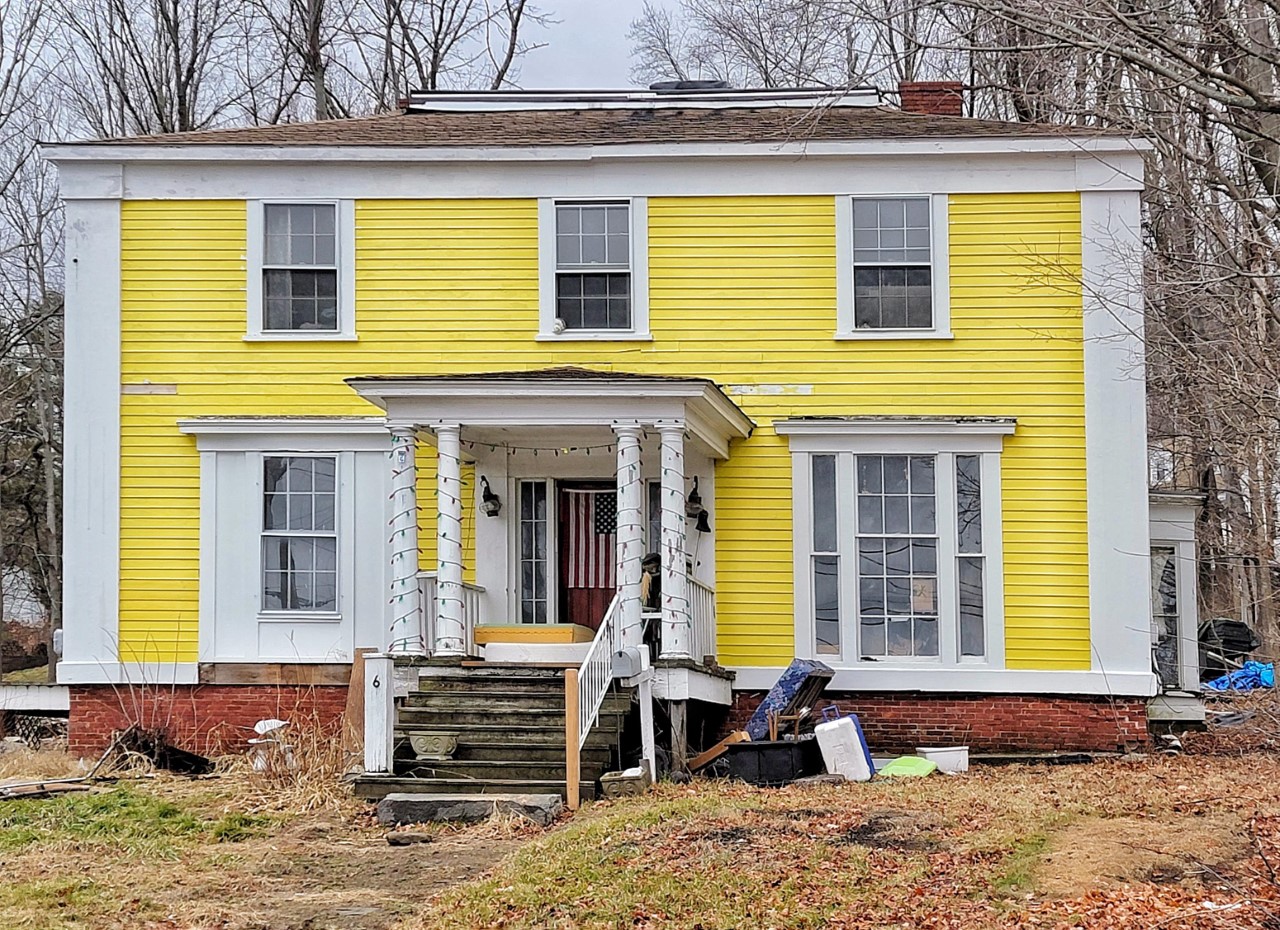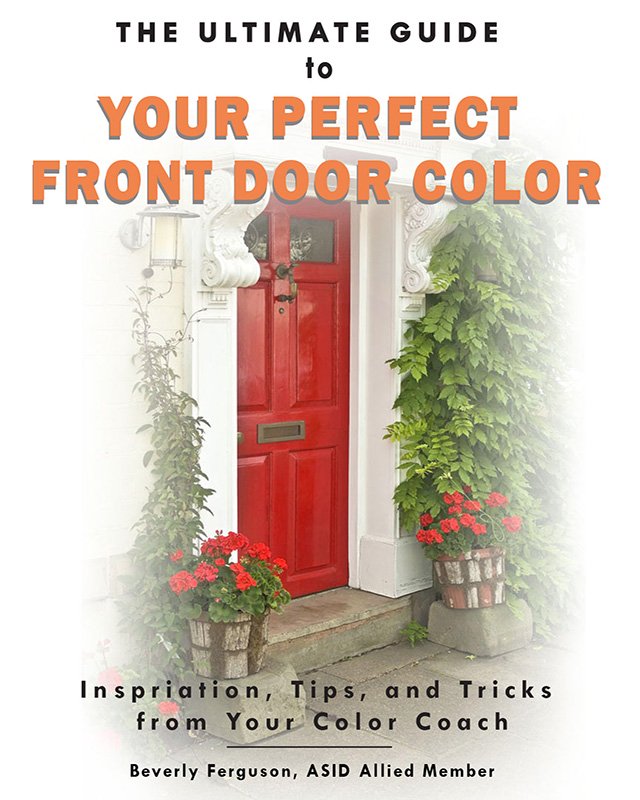Outdoor Paint Colors
How to Successfully Choose Outdoor Paint Colors
Many of my clients think that the only outdoor paint colors available are those they find on the manufacturer's paint charts or on the shelf at the paint store. The truth is that any color can be mixed as an exterior color .
Well that's some liberating advice isn't it? If you thought you were having trouble picking from the paint color charts now you've got 2700 additional outdoor paint colors on your plate.
Does that mean that anything goes? Like the old saying goes, just because you can, doesn't mean you should. Here's why:
There are community standards and although you may not care for your neighbor or what he/she thinks, you still are a member of society and your house still has property value. So while you may have the urge to paint it school bus yellow, I'd encourage you to lie down and rest until the feeling passes.

Just as important are considerations regarding the fugitive nature of some pigments. That's a fancy way of saying that some colors fade more than others. You'll find that in general, darker colors will change more than lighter colors; they simply have further to travel! Amongst the darker colors, reds are the most fugitive followed by blues. Of course it goes to say that purple (which is composed of red and blue) will also be subject to fading more than other colors. I've found also that even grays which are composed of many colors can fade as well if they have decided red or blue undertones. If you are exposed to bright sunlight at your house, the fade factor will be important to know.
Fact: Darker colors absorb more of the sun's energy and therefore will get hotter.
Heat retention may be one of your issues, in Maine, that's a good thing, in Florida, not so much! Darker colors will attract and hold moisture more. If your home is in a wooded setting in Seattle, maybe think twice about the darker colors.
Fact: The sheen of your paint will alter its appearance and performance.
Let's say that you live in a wooded locale and really want a burgundy house but are worried about moisture. To counter the darker colors' tendencies to hold moisture, consider using a higher sheen of paint. That is, if you ordinarily would have used a flat paint or a stain consider using a soft gloss. A higher degree of sheen is always more resistant. On the island of Nantucket, Massachusetts which is 30 miles out to sea, the clapboard houses in town are painted with a glossy finish which stands up to the salt air and frequent fog. You can bend the rules, it's allowed, you should just know what you're up against when you do it. Here is one bit of truth which must be heeded:
The only place exterior paints should be used is on the outside of buildings.
It might seem obvious but there's a good reason not to use your leftover outdoor paint on the inside. Exterior paints are made specifically to withstand the extremes of weather exposure and ultraviolet radiation. They have additives to fight fungus, molds, and insects. These additives will outgas and become noxious if you use them inside the house. So, don't even think about painting junior's desk or using the paint on your walls or trim!
Now that you know some of the extra items that will affect the choice of outdoor paint colors, you are ready to rock-n- roll!
Be sure to read and or all of the rest of my pages for the complete picture.
